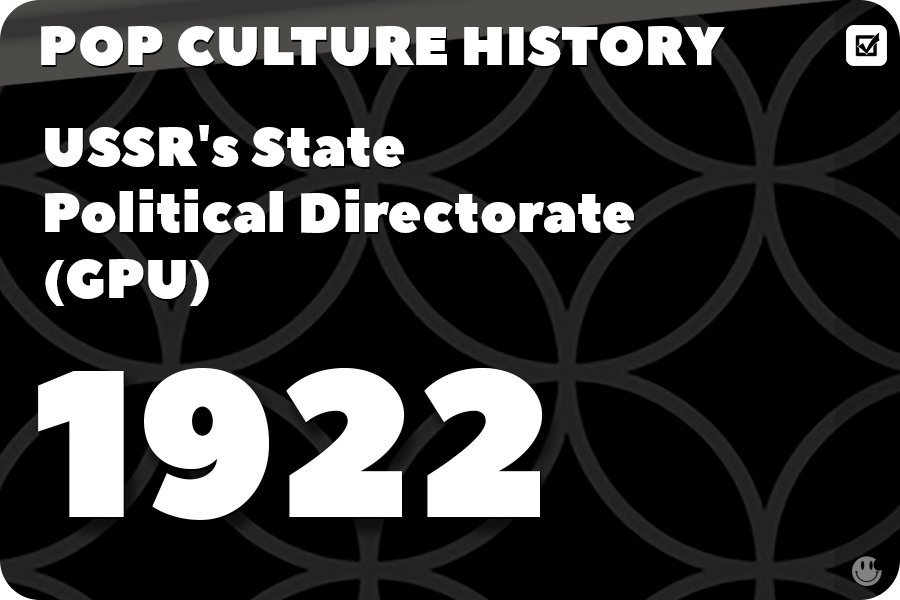
|
USSR’s State Political Directorate (GPU) |
The State Political Directorate (GPU) was a Soviet secret police organization that played a critical role in the early years of the Soviet Union. Established in 1922, the GPU became an instrument of political repression and control under the leadership of prominent figures like Felix Dzerzhinsky. Its activities and legacy have left a lasting impact on Russian history, politics, and pop culture.
The State Political Directorate was a critical component of the Soviet Union’s security apparatus during its early years, enforcing political control and suppressing opposition under the leadership of Felix Dzerzhinsky. Although the GPU was short-lived, its activities and legacy have had a lasting impact on Russian history, politics, and popular culture, with its influence still being felt in various forms of media today. |









